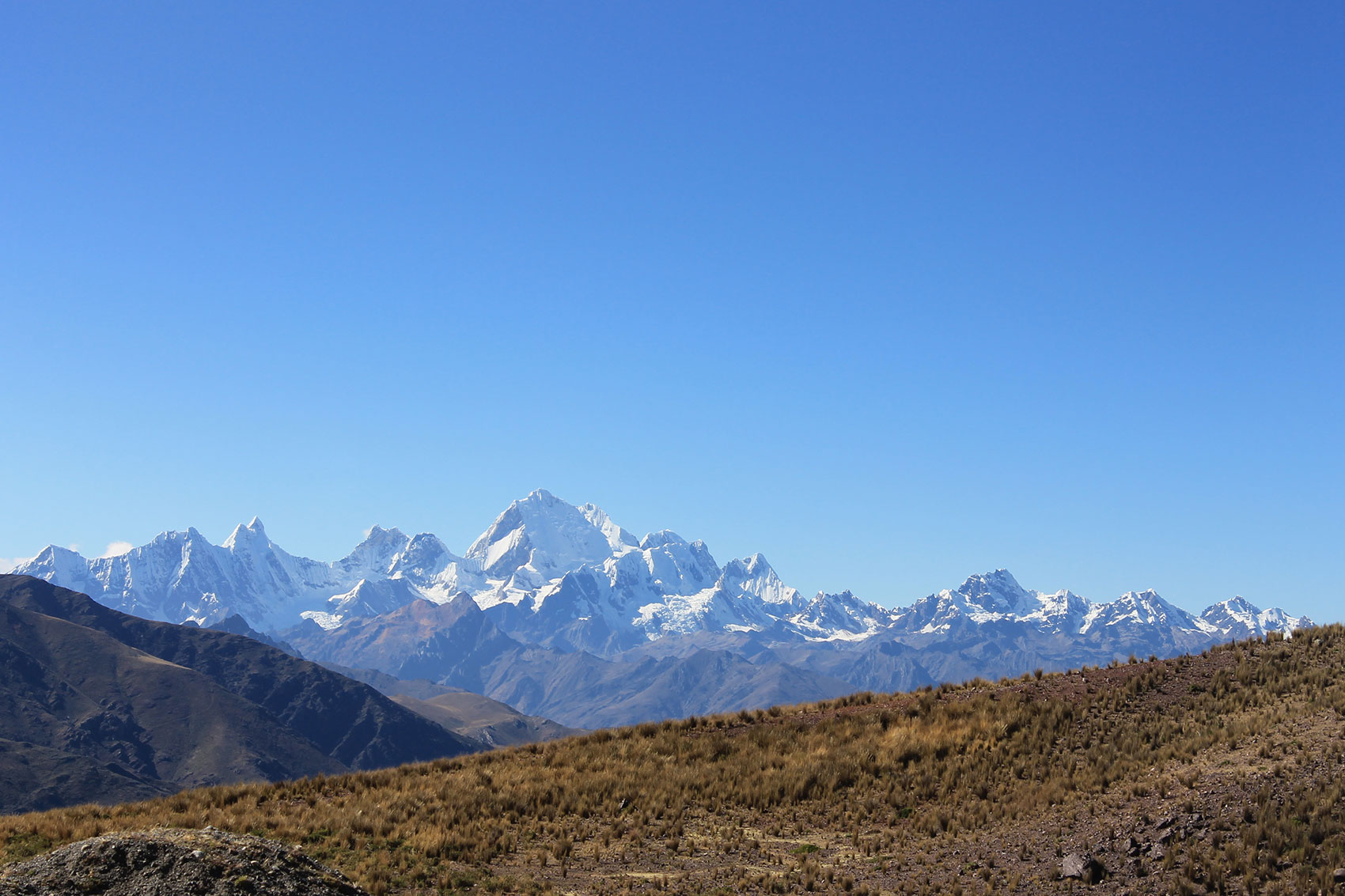
Healthy Peru
Biotona Superfoods obtains a number of its products from Peru: think, for example, of maca, camu camu, cacao, chia and yacon syrup. Peru has a wide range of different soils, which makes it possible to grow many different kinds of superfoods. This is a tradition that has existed for centuries!
Various ecosystems
Peru has a wide variety of landscapes, climates and ecosystems: from the high peaks and volcanoes of the Andes mountains to the steamy tropical jungles of the Amazon. This means that the country can offer an enormous diversity of crops that are rich in nutritious substances, whose beneficial properties were discovered long ago by the Incas and other indigenous peoples.
Maca – Inca power from the Andes
The Andes range of mountains, with its kilometres-high peaks, is the ideal habitat in which to grow the maca root. The Incas were already familiar with the root’s stimulating effects and gave it to their warriors before they went off to war. The Incas grew maca in the harsh mountain landscape, where the burning sun, fierce winds and extreme temperatures made it impossible for other crops and plants to grow. Maca is super-resilient and its ability to survive in severe conditions led to the belief that it would transfer this strength to the Inca warriors in battle. Nowadays, the maca root has become part of the normal daily diet of all the indigenous people in the Andes region, but they are still convinced that it has a beneficial impact on both physical and mental performance. In recent decades, western science has also turned its attention to maca, and the health-giving value of many of the active ingredients contained in the root are now widely recognised.
Camu camu, a super berry from the Amazon
Camu camu is a berry with a yellow to red-purple colour, which grows on bush-like trees along the banks of the Amazon river. The Amazonian Indians have used the berries for centuries because they have been convinced – quite rightly – of its positive powers. The berry contains huge amounts of vitamin C. In fact, fresh camu camu berries contain a full 2% of vitamin C, while a lemon contains just 0.5%. In addition, camu camu berries are also rich sources of polyphenols and carotenoids, as well as minerals like potassium, iron, calcium, phosphorous and different amino-acids. Biotona Bio Camu Camu Raw is derived from 100% organically grown camu camu from Peru. Following harvesting and selection, the berries are immediately freeze-dried and processed into a powder, which in terms of flavour, smell and colour varies little from the fresh berries. This drying process also ensures that the nutrients that are naturally present in the berries are optimally preserved.
Cacao from fertile volcanic soil
Biotona Bio Cacao Nibs Raw are derived from the beans of the Theobroma cacao, a small tree that grows in fertile ground in the South American rain forests. Cacao is not only delicious as a chocolate drink, but is also rich in anti-oxidants, as well as containing other components that can positively influence your mood. Cacao was originally used by the Aztecs and Mayas in their spiritual rituals. Later, it was highly prized as a delicacy by the Spaniards, who introduced it to Europe. The most aromatic cacao bean is the Peruvian Criollo, which is sustainably grown for Biotona by local farmers. The ripe cacao pods are harvested by hand and immediately opened to free the beans and their surrounding pulp. The beans and the pulp are allowed to ferment together for about a week, which makes possible the development of the flavours and the other characteristics that are typical for Criollo cacao.Biotona Cacao Nibs are obtained by the rough grinding of fermented cacao beans. This results in delightfully crisp cacao nibs, 100% pure and raw, with no additives and still packed with all their naturally occurring phytonutrients. Raw cacao is a healthy alternative for normal cacao, which usually contains additives and sugars.
